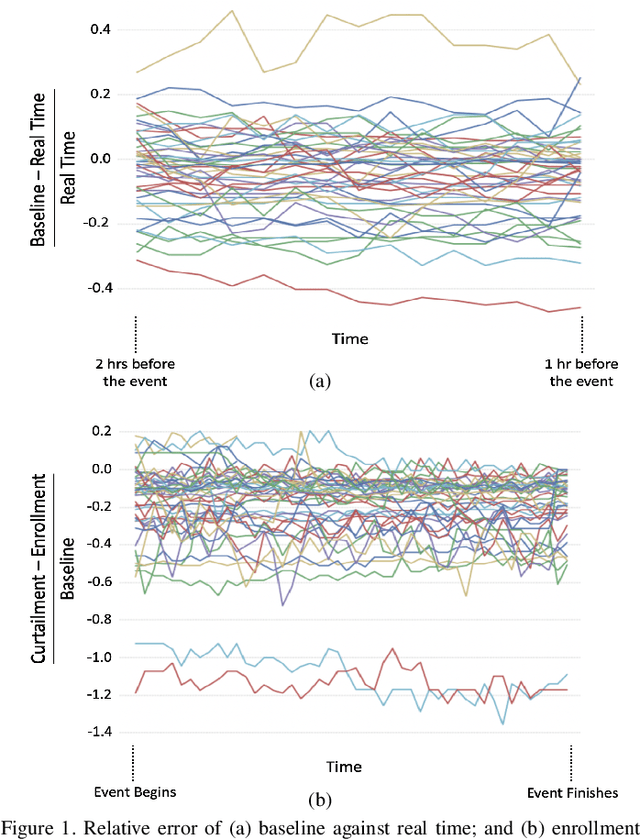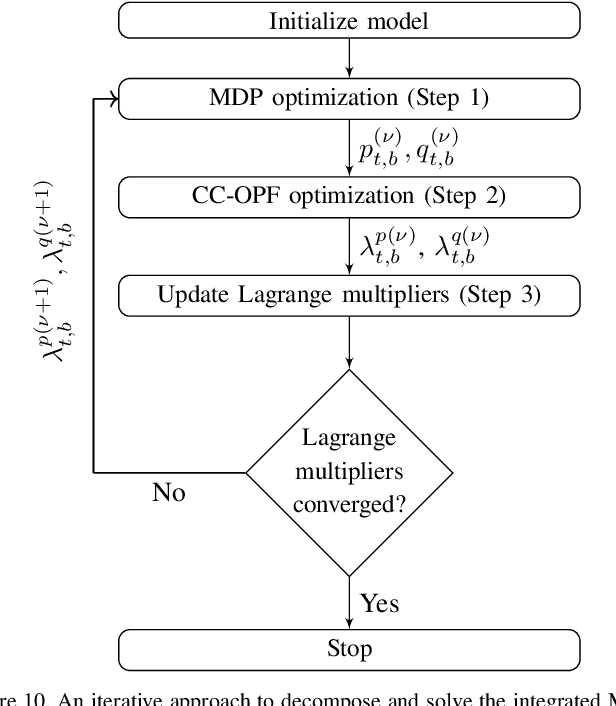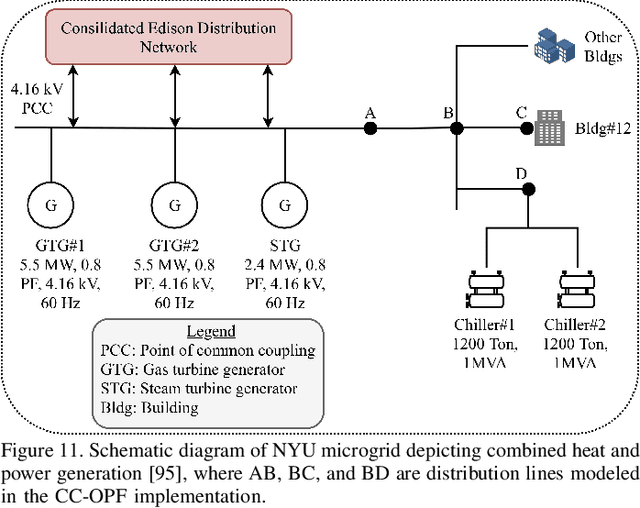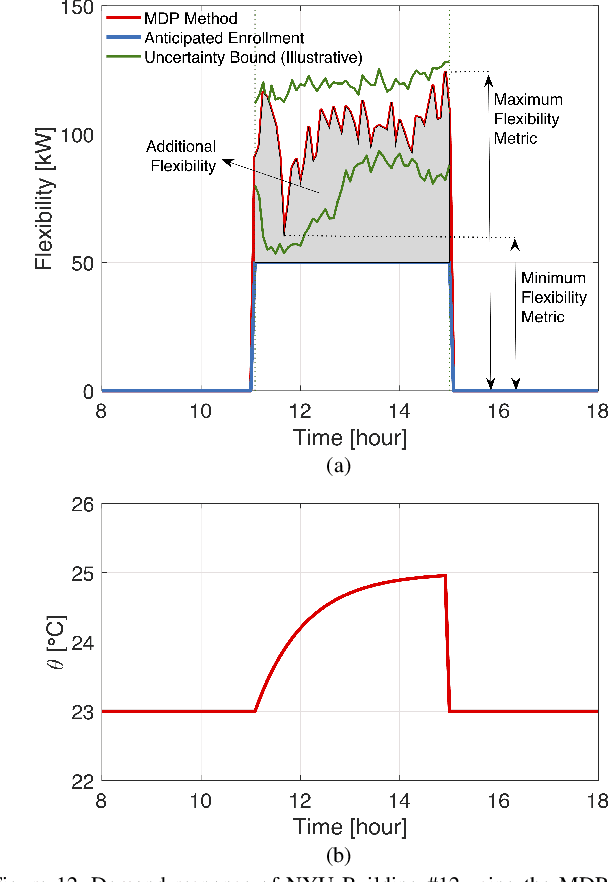Samrat Acharya
Causative Cyberattacks on Online Learning-based Automated Demand Response Systems
Jul 27, 2023Abstract:Power utilities are adopting Automated Demand Response (ADR) to replace the costly fuel-fired generators and to preempt congestion during peak electricity demand. Similarly, third-party Demand Response (DR) aggregators are leveraging controllable small-scale electrical loads to provide on-demand grid support services to the utilities. Some aggregators and utilities have started employing Artificial Intelligence (AI) to learn the energy usage patterns of electricity consumers and use this knowledge to design optimal DR incentives. Such AI frameworks use open communication channels between the utility/aggregator and the DR customers, which are vulnerable to \textit{causative} data integrity cyberattacks. This paper explores vulnerabilities of AI-based DR learning and designs a data-driven attack strategy informed by DR data collected from the New York University (NYU) campus buildings. The case study demonstrates the feasibility and effects of maliciously tampering with (i) real-time DR incentives, (ii) DR event data sent to DR customers, and (iii) responses of DR customers to the DR incentives.
A Hierarchical Approach to Multi-Energy Demand Response: From Electricity to Multi-Energy Applications
May 05, 2020



Abstract:Due to proliferation of energy efficiency measures and availability of the renewable energy resources, traditional energy infrastructure systems (electricity, heat, gas) can no longer be operated in a centralized manner under the assumption that consumer behavior is inflexible, i.e. cannot be adjusted in return for an adequate incentive. To allow for a less centralized operating paradigm, consumer-end perspective and abilities should be integrated in current dispatch practices and accounted for in switching between different energy sources not only at the system but also at the individual consumer level. Since consumers are confined within different built environments, this paper looks into an opportunity to control energy consumption of an aggregation of many residential, commercial and industrial consumers, into an ensemble. This ensemble control becomes a modern demand response contributor to the set of modeling tools for multi-energy infrastructure systems.
 Add to Chrome
Add to Chrome Add to Firefox
Add to Firefox Add to Edge
Add to Edge